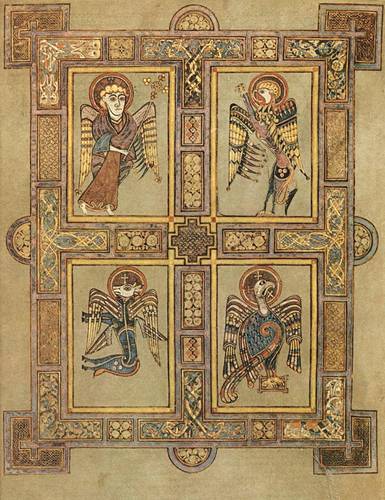Thanksgiving Day Prayer
Heavenly Father, Giver of all things, we give You thanks on this day for the countless blessings You have so freely bestowed on us and all people. Blessed are You for this wondrous world, for its beauty and bounty. Blessed are You for the good gifts of harvest. Blessed are You for food and drink, for clothing and shoes, for warmth and shelter, for house and home, for family and friends. Blessed are You for every smile of a child and every kindness that is shown. Blessed are You.
But of all the gifts You have given us, none can begin to compare with that boundless love You showed when we were in so bad a state that nothing but death and eternal damnation awaited us and no creature in heaven or on earth could help us. Then You sent forth Your Only begotten Son, who is of the same divine nature as Yourself, caused Him to be born for us of the Blessed Virgin Mary, laid on Him all our sin, giving Him into death that we might not die eternally. You raised Him from the dead and seated Him, our brother, at Your Right hand, where He never ceases to plead on our behalf, and from whence He will come again in glory. Blessed are You for the gift of forgiveness, life and salvation in Jesus Christ, our Lord. Blessed are You!
And that we might never forget this boundless love of Yours, You give us even more. You have sent us Your Spirit that we may know You, trust in You, and rejoice in our Savior. You have poured into us Your Spirit as the pledge and down payment of the redemption that will be ours on the day of our Lord’s return. You offer us a share in Your Spirit’s love, joy, peace, patience, kindness, goodness, gentleness, faithfulness, and self-control; and He never ceases to pray within us and to ask for us all good things from You.
Nor do Your good gifts stop there, for You have brought us into the fellowship of Your Church. You have surrounded us with sisters and brothers in Christ to help bear our burdens and be our joyful companions as we journey to Your eternal home. You give us new birth in Baptism. You restore us from our sin in Holy Absolution. You set a table before us in the Holy Eucharist that we might triumph over our foes through Your saving gifts.
O merciful Master, You made us from nothing and when we had fallen You did not cease to do all things until You had raised us up again and bestowed upon us the Kingdom which is to come.
Blessed are You, King of all goodness! Blessed are You for such unimaginable love and pity! Blessed are You, Lover of Mankind! Receive today our thanks and praise for all Your goodness; pardon us for the times we have been blind to Your gifts; remember all who cry to You in this hour for Your mercy, and bring us all to share in the Feast that has no end. We offer to You these prayers and praises in the name of Your beloved Son and in the communion of Your life-giving Spirit, to whom be all glory, now and to the ages of ages.
Amen.










